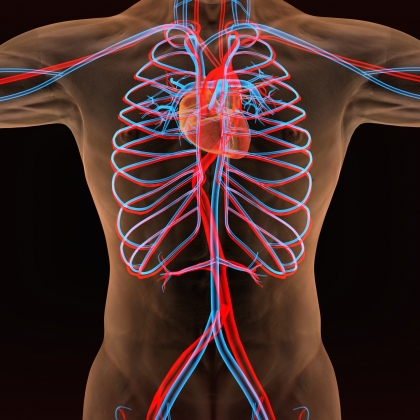Symptoms
The body exhibits clues when blood pressure is out of the normal range. If blood pressure rises or falls gradually over a period of time, these symptoms may be more difficult to notice. The only way to truly know whether blood pressure is normal is to get a reading. However, it is important to learn about the symptoms of high and low blood pressure.

Symptoms of high blood pressure may not be very noticeable at first. In fact, the American Heart Association refers to hypertension as "a silent killer" due to the lack of symptoms in most patients. Uncontrolled hypertension can lead to serious health complication including stroke and heart attack. It is important to note the following symptoms may not be present even with dangerously high blood pressure.
- Dizziness.
- Headaches.
- Fatigue
- Confusion.
- Pounding in neck, chest, or ears.
- Chest pain.
- Difficulty breathing.
- Blood in the urine.
Hypotension is less common. However, in extreme cases, low blood pressure can result in shock, a life-threatening condition that can cause organ failure. Some symptoms of low blood pressure include:
- Lack of concentration.
- Blurred vision.
- Fatigue.
- Lightheadedness or dizziness.
- Nausea.
- Fainting.
- Shock (symptoms include rapid shallow breathing, cold clammy skin, confusion, weak and rapid pulse).






